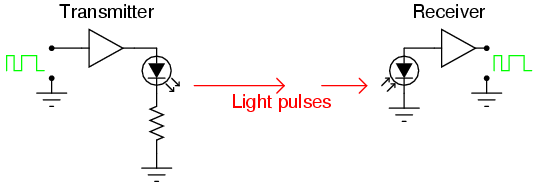Having studied rhetoric from the perspectives of Writing Studies and technical communication, it is rather refreshing to read what a historian like Richard Toye thinks of rhetorical theory. Although Toye has done a decent job presenting the basic elements of rhetoric, I would opt for a different presentation order.
The foundational knowledge of rhetoric––with respect to oratory––begins with the types (branches) of speech: forensic, epideictic, and deliberative. The next most important element of rhetoric would be the five canons: invention, arrangement, style, memory, and delivery.
Toyes then goes into explicating the three appeals: logos, ethos, and pathos. While the Aristotelian triangle is famous among classical rhetoricians, I think it is important that students learn about the rhetorical situation first.
Credited to Lloyd Bitzer, the rhetorical situation is a heuristic for understanding any given communicative moments that require rhetorical decisions. A rhetorical situation includes the following: Author/stance, audience, message, purpose, medium, genre, design, and context. The particulars of a situation help a rhetorician to understand the strategies or methods one employs to resolve a given challenge.
A simpler version of the rhetorical situation is sometimes presented as the rhetorical triangle, which focuses on the author, audience, and purpose.
The branches of speech, five canons, three appeals, rhetorical situation, and the rhetorical triangle make up the basic package of rhetorical toolkit, which can be used to perform simply rhetorical analysis on texts (broadly defined).
What I appreciate about Toye’s presentation, though, is the coverage of visual rhetoric. Although it is becoming common that rhetoric texts now commonly tip their hats to visual communication, it is important to note that some rhetorical elements are more applicable in visual situations that others. For instance, the branches of speech cannot be ported directly into visual analysis. Most of the five canons might be used to analyze visual design. The rhetorical appeals and rhetorical situation are the two methods that can be more effortlessly applied to visual rhetorical analysis.
For the purposes of discussion, I ask:
- Which of the above “methods” do you find most useful for a rhetorical analysis?
- Why are some methods privileged over the others?
Toye, Richard. Rhetoric: A very short introduction. Oxford, UK: Oxford University Press. [Chapters 2 & 3]





